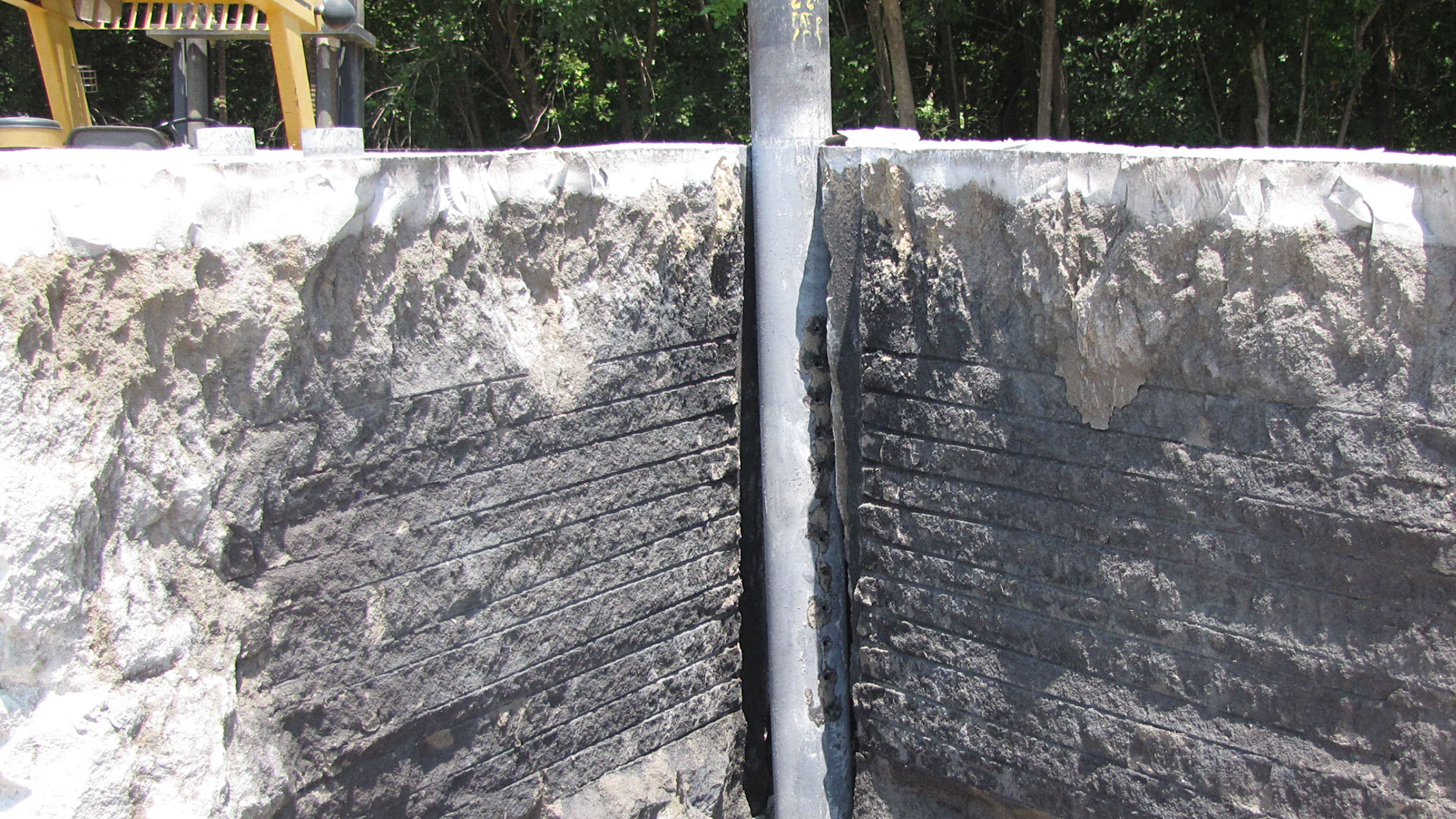


The American Petroleum Institute (API) publishes the Recommended Practice for the Evaluation of Well Perforators (RP19B). These testing recommendations, developed through working groups of industry-recognized subject matter experts, standardize testing procedures. Standardization is important to consistently and accurately evaluate performance results.
The API RP19B Section I test method is used to evaluate shot-to-shot interference of shaped charges, casing hole size, and penetration into an unstressed cement target at a minimum compressive strength. The testing conditions and results are documented on a standard reporting template. The casing size is matched to the perforating gun diameter, and the surrounding cement target is matched to the expected depth of penetration. This testing is available as witnessed or unwitnessed. These tests are eligible to be registered and made public through API.
Test results include:
The API RP19B Section 2 test is designed to evaluate a shaped charge’s performance in stressed sandstone. The sandstone target is cored to a diameter of 4 in. or 7 in., depending upon the shaped charge’s explosive mass. The core is placed inside a specially designed test fixture where a uniform confining stress is applied to the core. The core is perforated with a single shaped charge through a representative gun, scallop, wellbore fluid gap, casing plate, and a simulated cement sheath.
Test results include:
The API RP19B Section 3 test is used to evaluate perforating system performance at elevated temperatures. This test characterizes a system’s function, reliability, and performance degradation (if any) at elevated temperature. These tests are typically conducted in pairs: one at elevated temperature and a second test at ambient temperature as a benchmark. Tests may incorporate elevated pressure to further verify the operational rating of the system.
Test results include:
The API RP19B Section 4 test is designed to provide a measure of flow performance of a perforation into stressed rock-simulating, reservoir-specific downhole conditions. This test allows for reservoir or analog rock to be used, and reservoir pressure applied with a desired wellbore pressure differential (under/ overbalance). This test method most accurately evaluates downhole perforator performance.
Test results include:
The API RP19B Section 5 test is designed to quantify the amount of debris that exits a perforating gun upon detonation, and also identify and quantify the debris remaining in the gun that is small enough to potentially exit the gun assembly when removing the system from the well. The test consists of detonating a perforating gun assembly, then collecting the produced and recovered debris. The debris is sorted and quantified by debris particle size.
Test results include:
The API RP19B Section 6 test is designed to quantify the amount of gun body swell for a given perforating system. The test consists of a fully loaded perforating gun assembly of no less than 4 ft in length being detonated inside a designated casing section. The detonated gun assembly is then measured and recorded. The gun assembly can also be drifted after detonation to qualify passing through wellbore restrictions. The test can be conducted dry or in fluid.
Test results include:
